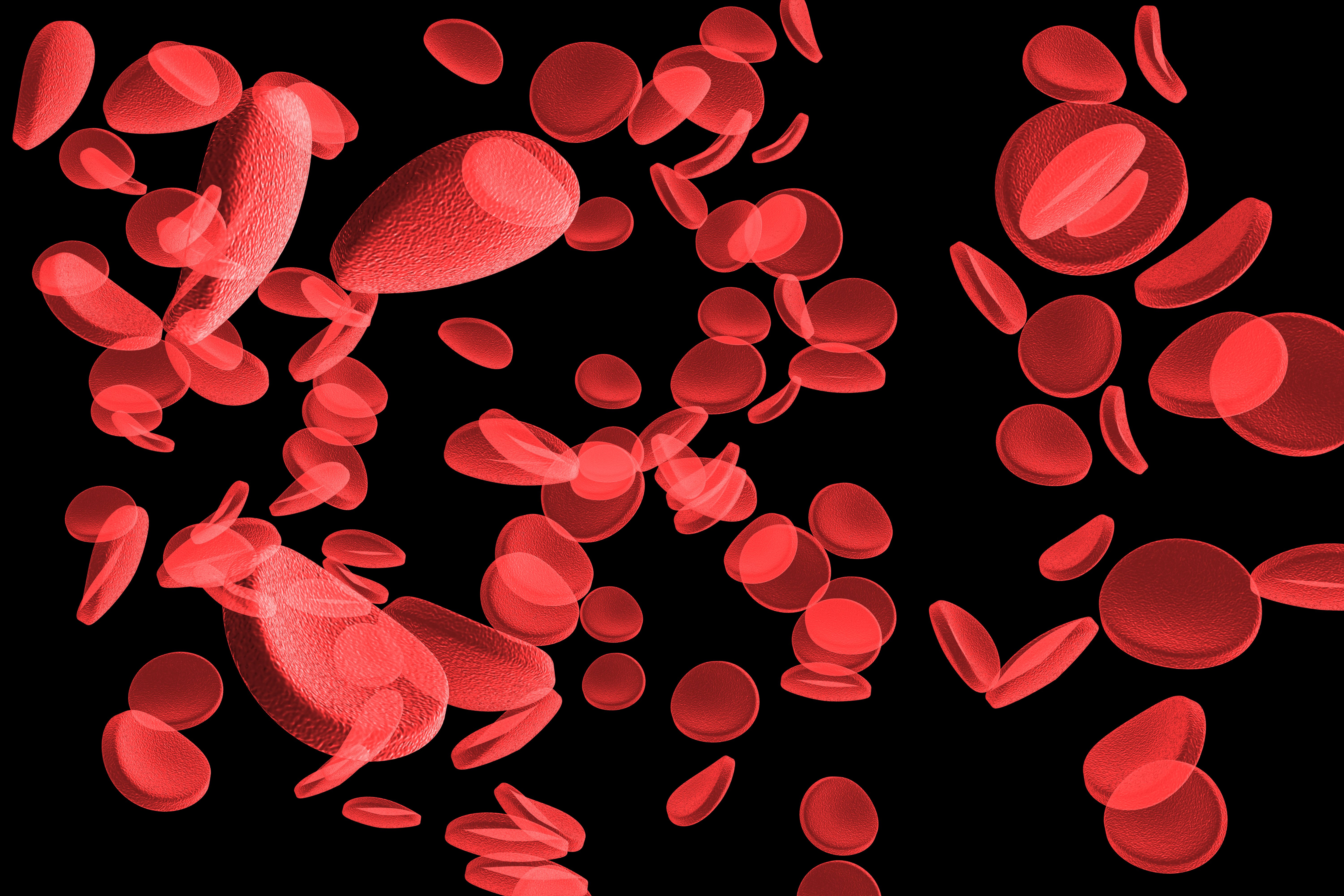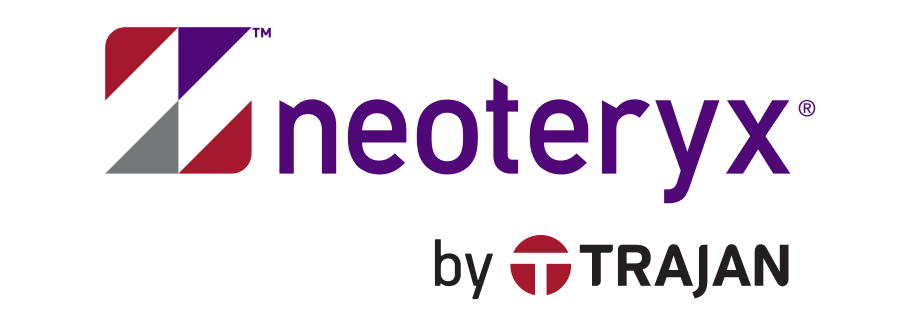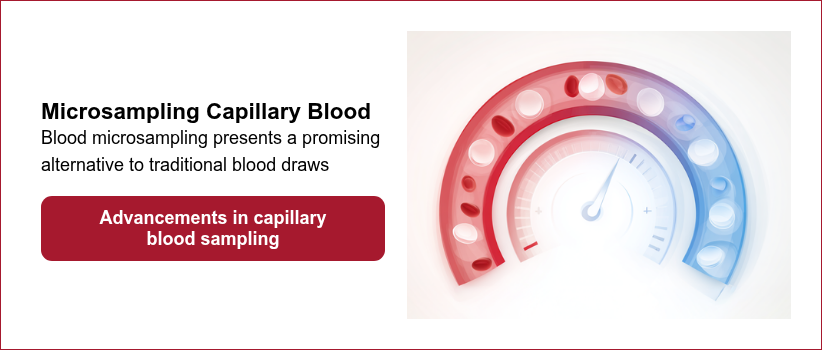by James Rudge, PhD, Technical Director, Trajan on Sep 4, 2023 9:00:00 AM
In recent years there has been a proliferation of peer-reviewed research utilizing dried blood samples collected via volumetric absorptive microsampling (VAMS®) and related platforms.
These studies encompass clinical trials, therapeutic drug monitoring, environmental exposure analysis, omics, and serological investigations, all underscoring advances in bioanalytical measurement and sample handling.
A Strong Body of Data Using Dried Blood Samples

Validated bioanalytical methods enable accurate quantitation of a diverse range of analytes from dried blood samples, supporting robust and reproducible data generation.
These include studies measuring small analytes, such as blood lead levels (BLL), as well as small biomarker molecules, such as creatinine. Dried blood samples have also been used to study medium-sized peptides and large biomarkers such as IgG antibodies. 
Emerging technologies, such as Trajan’s Neoteryx dried blood devices, extend validated bioanalytical methods to encompass both small molecules (e.g., antiepileptics) and large molecules (e.g., monoclonal antibodies MAbs). Nevertheless, matrix-dependent limitations persist, highlighting the need for ongoing optimization of extraction protocols and analytical instrumentation.
Physiological and instrumental incompatibilities necessitate methodical optimization of extraction protocols, analytical techniques, and matrix selection (typically dried capillary blood) to maximize analyte recovery and accuracy.
Key Considerations for Validating Dried Blood Bioanalytical Assays
It is recommended that all assays follow regulatory guidance. The vast majority of papers that we have reviewed align with one or more guidance documents issued by the US (United States) Food and Drug Administration (FDA), European Medicines Agency (EMA), and the International Association of Therapeutic Drug Monitoring and Clinical Toxicology (IATDMCT).
Guidance documents emphasize assessment of standard bioanalytical parameters—stability, accuracy, precision, and linearity—ensuring methodological rigor and data integrity.
However, the major difference between plasma and dried blood is the presence of packed cell volume (PCV) or hematocrit (HCT) in the latter. Indeed, it is recommended to measure the impact of different % HCT levels on your analytical parameters.
HCT typically ranges from 25-65% and the usual value for most healthy people is around 45%. However, the %HCT can affect how blood spots spread on dried blood spot (DBS) cards, potentially leading to analytical biases.
Furthermore, %HCT can affect the ease with which analytes are extracted from any dried blood medium, whether collected on DBS cards or other dried blood microsampling devices.
This issue is outlined in the IATDMCT guidance document and was mentioned in a previous blog reviewing a paper by SK Hall on variances in DBS observed during neonatal screening. Finally, the age of the sample also affects sample extractability, as comprehensively covered in the IATDMCT guidance document.
Blood to Plasma Partitioning

We can consider blood to be divided into two compartments separated by cellular membranes. These two compartments are the intracellular compartment (the space within cells) and the extracellular compartment, known as plasma or serum.
Plasma is the straw-colored liquid seen when blood is carefully centrifuged to avoid hemolysis, and serum is the clear fluid left after blood clots and is then centrifuged.
The reason it is important to consider these two compartments (extracellular and intracellular) is that, depending on the analyte’s physicochemical properties and, in some cases, biochemical properties, they will either partition equally between both compartments or they will preferentially partition into one compartment over the other.
If analytes partition equally between the intracellular and extracellular compartments, this can have little to no impact on any observed analytical bias compared to a standard plasma or serum assay.
However, if analytes accumulate in or on the cellular portion, whole-blood extraction rather than plasma or serum processing is performed, regardless of whether the blood is wet or dry.
For analytes such as phosphatidyl ethanol (PEth) and calcineurin inhibitors (e.g., Tacrolimus), quantitation from dried blood is concordant with wet blood analysis, demonstrating minimal bias and supporting the use of microsampling in clinical bioanalysis.
When Analytes Favor the Plasma Compartment
There are two scenarios to consider when analytes partition into the plasma compartment: complete or partial partitioning.
Complete partitioning
Complete partitioning often occurs with certain biomarkers, such as steroid hormones and natural antibodies, which are found only in the extracellular compartment and do not partition into the HCT. However, certain drugs, such as monoclonal antibodies, can also be totally excluded from the cellular fraction.
This partitioning introduces negative biases in whole blood versus plasma, sometimes exceeding -50%. To optimize analytical accuracy, current strategies include:
- Validate the method using only dried whole blood, including calibrators and quality controls from the same matrix. The downside is that it can be challenging on both practical and acceptance grounds.
- Assume a population-based correction factor, as reported in several other studies on different analytes and discussed in a previous blog on a C-peptide validation. The upside of this is that it is easy to implement. The downside is that it may not be applicable for populations with a wide hematocrit range.
- Correct per datapoint, by analyzing a sub-aliquot of an aqueous extraction and then measuring either potassium or hemoglobin to correct for the HCT fraction. This approach has been discussed in the published literature by several research groups; one example is summarized in this research study in the Netherlands. The upside of this approach is that each data point is corrected for each blood sample, though two measurements (one for the analyte and one for the hematocrit correction) are required per extraction.
Incomplete partitioning
Incomplete partitioning occurs when the analyte partitions unequally between the two compartments. This is sometimes observed with small drug molecules, for example, and is discussed in a review of the analysis of antiepileptic drugs using volumetric absorptive microsampling. extracts.
This phenomenon can also be concentration- and time-dependent. Indeed, researchers at AstraZeneca published an approach intended to mitigate the dynamic observed in some molecules.
Future Directions in Dried Blood Bioanalysis
When developing an assay, it is important to spike the blood (allow enough time for any partitioning to occur), then sample with a dried-blood microsampling device and separate the plasma for comparative analysis. If partitioning has occurred, then a negative bias will be observed from the dried blood extract.
Optimizing extraction efficiency remains critical; inadequate recovery can introduce additional bias. Continued refinement of protocols and reference to guidance documents (e.g., Mitra Microsampling User Guide, IATDMCT) is essential for advancing analytical performance.
It must be noted that if plasma and blood are spiked into each matrix at the same concentration and then extracted separately, then the blood-to-plasma partitioning bias will not be observed.
Blood-to-plasma partitioning can be observed only when the analyte is spiked into the blood, and plasma is harvested from the same blood samples after capillary microsampling.
For an excellent deep dive into the impact of blood to plasma partitioning, the reader is encouraged to read a paper by Gary Emmon and Malcom Rowland entitled “Pharmacokinetic considerations as to when to use dried blood spot sampling.”


This blog includes content curated from published study papers, summarized for our readers by James Rudge, PhD, Microsampling Technical Director. To learn more about the important research discussed here, please visit our Microsampling Resource Library, where we provide access to the original, third-party papers.
Image Credits: Trajan, Neoteryx, iStock, Dreamtime







No Comments Yet
Let us know what you think